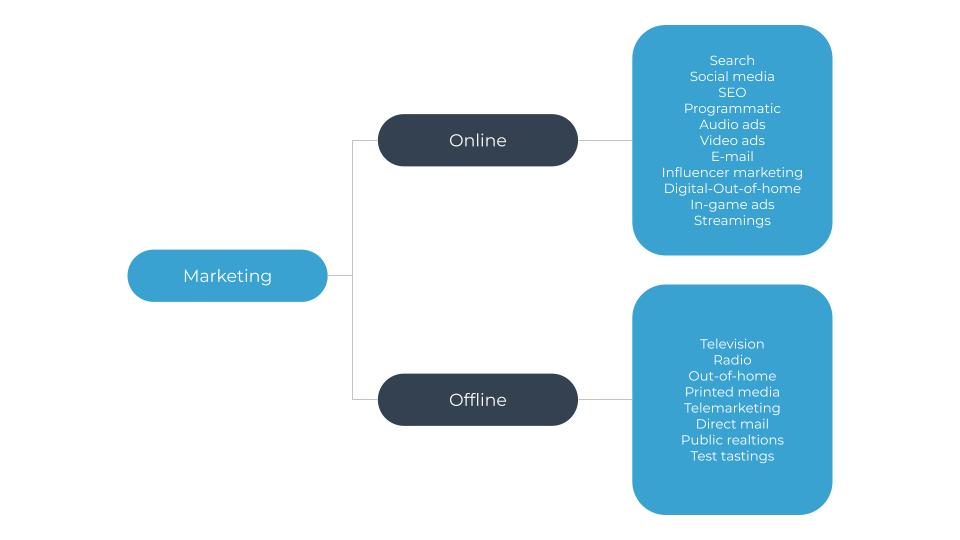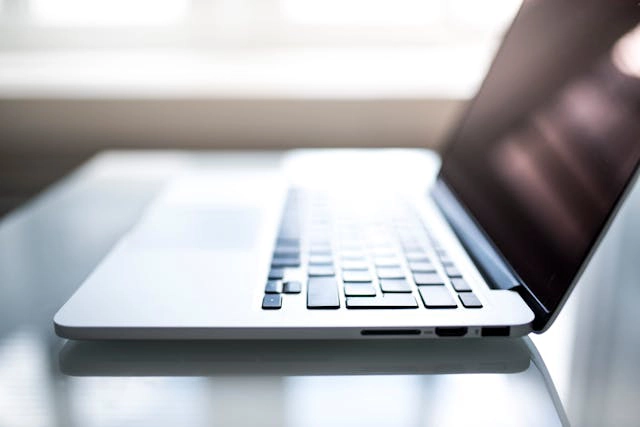April 23, 2023
by AdsLinkers
Share
The digital marketing realm is swiftly evolving towards a cookieless era. It’s imperative for brands and marketers to adjust their strategies for sustained targeting and personalization. Contextual targeting steps up as a dynamic solution, empowering marketers to aim ads based on webpage content, sidelining the need for user-specific data. In our guide, we delve into the diverse applications of contextual targeting across programmatic, search, email marketing, and beyond.

Programmatic Advertising
As the digital marketing realm swiftly shifts towards a cookieless era, it’s time to adapt and innovate. With platforms like Display & Video 360, Adform, Amazon DSP or The Trade Desk contextual targeting, emerging as a potent solution, enables marketers to align their ads with content rather than user-specific data. Analyzing this content grants invaluable insights into audience interests, aiding in precise ad placements. Advanced technologies, including natural language processing (NLP) and machine learning algorithms, stand as the pillars of this approach. They meticulously categorize content, enhancing ad performance through a more targeted strategy. Get ready to elevate your advertising game with contextual targeting in cookieless era!
Google Search
In the realm of search engine marketing, contextual targeting is crucial player, guaranteeing the display of ads next to pertinent search queries. A prime example of this is Google Ads, which harnesses keyword targeting to align ads with specific search terms. This strategic move ensures advertisers reach out to users actively on the lookout for their products or services. Even in the cookieless era, this approach retains its potency by capitalizing on the context of search queries.
Email Marketing
Within the realm of email marketing, contextual targeting isn’t just a strategy; it’s a game-changer. It’s about crafting a personalized experience for your audience. It is important to understand their past interactions—whether it’s browsing habits or purchase history. By segmenting your email list based on interactions, you can tailor your messages, making them more effective. Moreover, the magic happens with dynamic content and real-time personalization. Email marketers can now dynamically adapt campaigns to the precise context in cookieless era which the email is opened. Things to consider are location, device, or even the time of day.

Affiliate Marketing
Affiliate marketing steps up its game with contextual targeting. It is becoming the go-to strategy for brands and publishers to ensure their ads and promotional content hit the mark. By actively analyzing the content featured on publishers’ websites, advertisers gain the insight to choose the perfect affiliate partners. It guarantees that their ads find the right context to shine. Likewise, publishers wield the power of contextual targeting. They cherry-pick and endorse products that seamlessly align with their audience’s interests, propelling conversion rates and boosting earnings in cookieless era.
In-App Advertising
In this age of burgeoning mobile app usage, in-app advertising emerges as a golden gateway for contextual targeting. Dive into analyzing user behavior and app content, and you’ve got the blueprint to deliver ads that truly resonate in cookieless era. Picture this: ads honed to perfection, reaching users based on their interests and in-app activities. It’s about targeting those users showcasing a keen interest in specific categories or themes. You can also aligne ads with the context of the app’s content—be it news, gaming, or entertainment.
Video Advertising
Step into the dynamic world of video advertising, where contextual targeting stands as a beacon of precision. Imagine strategically placing ads, seamlessly blending within or beside video content in cookieless era. Platforms like YouTube, TikTok, and more lead the way, meticulously analyzing video metadata, transcripts, and user engagement data. The outcome? Ads perfectly tuned to resonate with the audience, sky-rocketing viewability and engagement.
Audio Advertising
Picture this: contextual targeting making waves in the realm of audio advertising, from captivating podcasts to streaming radio gems. It’s about delving deep into the content and themes of these audio wonders. Advertisers harness this cookieless era to seamlessly align their ads with specific listeners, curating a more personalized and engaging listening experience. Imagine ads perfectly tuned to resonate with the user’s chosen content—now that’s audio advertising that truly hits the mark.
Out-of-Home (OOH) Advertising
With the increasing digitization of out-of-home advertising, contextual targeting can play a role in tailoring ads to the environment in which they are displayed. Digital billboards and signage can adapt their content based on factors such as location, time of day, or even local events, ensuring that ads are contextually relevant and more likely to capture the attention of passers-by.
Influencer Marketing
In influencer marketing, contextual targeting can be used to identify the most suitable influencers for specific brands and campaigns. Analyzing the content and themes of an influencer’s social media presence is crucial for advertisers. Brands can determine in cookieless erawhether their target audience aligns with the influencer’s followers. This can lead to more effective and authentic collaborations, as the influencer’s content is already contextually relevant.
Augmented Reality (AR) Advertising
Augmented reality advertising offers a unique opportunity for cookieless era targeting by blending digital content with the user’s physical environment. By analyzing the user’s surroundings and interests, AR ads can be tailored to the specific context in which they are experienced. This can include ads that are relevant to the user’s location, time of day, or even the objects they are interacting with, creating a more immersive and engaging advertising experience.
Virtual Reality (VR) Advertising
In virtual reality environments, contextual targeting can be used to deliver ads that are relevant to the user’s experience within the virtual world. By understanding the context of the VR content and the user’s actions, advertisers can place ads that are more likely to resonate with the user and enhance their overall experience. This can include ads that are related to the virtual environment, storyline, or even the user’s in-game actions.
Dynamic Creative Optimization (DCO)
Dynamic creative optimization is a technology that allows marketers to create multiple ad variations and automatically optimize them based on real-time performance data. With DCO, contextual targeting can be used to personalize ad creatives according to the content and context in which they are displayed. This can result in more relevant and engaging ads, as well as improved performance through continuous optimization. In cookieless era this type of personalized advertising will be more crucial than ever.
Chatbot Advertising
As chatbot usage continues to grow, marketers can leverage contextual targeting to deliver more relevant and personalized ads within chatbot conversations. By analyzing the content and context of the user’s conversation, chatbot advertising can serve ads that are more likely to resonate with the user’s needs and interests. This can include ads that are related to the user’s questions, the topics they are discussing, or even their mood, leading to a more engaging and effective advertising experience.
Native Content Marketing
In native content marketing, brands create and distribute content that seamlessly integrates with the platform on which it is published. Contextual targeting during cookieless era can be used to align the brand’s content with the interests and preferences of the audience, ensuring that the content is relevant and engaging. By understanding the context in which the content is consumed, brands can create more effective native content marketing campaigns that resonate with their target audience and drive better results.
Conclusion about Cookieless Era
The opportunities for contextual targeting continue to expand as new technologies and platforms emerge. By leveraging the power of context, marketers can create more relevant and engaging advertising experiences. They can create content that resonate with their audiences, regardless of the channel or platform. As the digital marketing landscape evolves and the importance of privacy-centric solutions grows. Contextual targeting will play a crucial role in helping brands navigate these changes and deliver effective marketing campaigns. AdsLinkers solution can help with increasing performance of your campaigns. Our solution is marketing automation based on external touchpoints rather than online activity.







